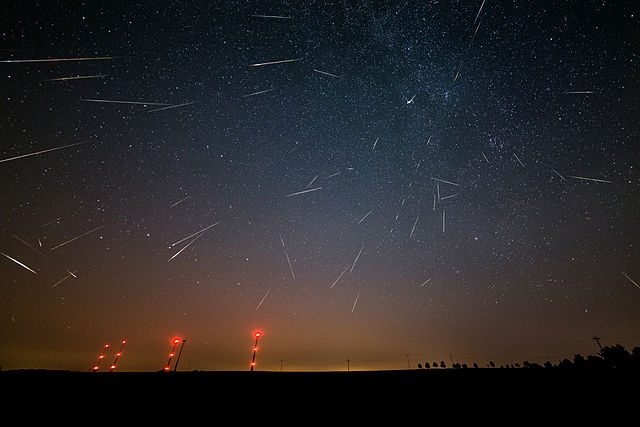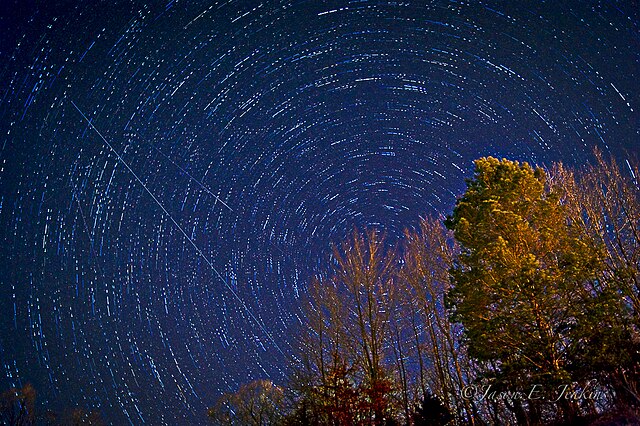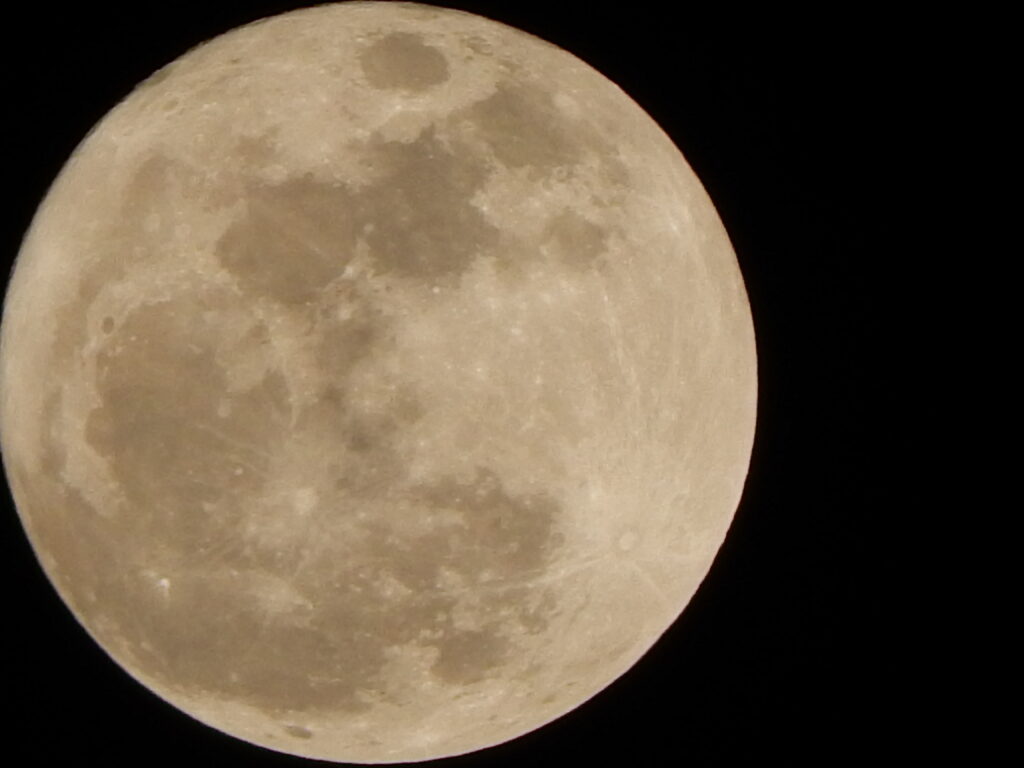Don’t Not Look Up
Post-eclipse, night owls still have plenty of cool things to see

Millions of us were wowed by a total solar eclipse yesterday, a fitting climax (we hope) for the buzz and attention it had been getting for weeks in advance. It felt like the entire continent had eclipse fever, and with good reason: it’s an amazing event to witness, and they don’t happen that often. In fact, the next one that will pass over anywhere near this many Americans is a touch over 21 years away.
But we’re here to remind you that even after the main event leaves town, there are still plenty of other shows in the skies above–even if they’re mostly at night. So make note of your nearest place away from light pollution, and get ready to catch some of these upcoming celestial events!
Partial Lunar Eclipse
If only eclipses will do, we still have one coming this year. As you might guess, a lunar eclipse is basically a solar eclipse in reverse: The moon passes through Earth’s shadow, rather than the other way around. Since the earth is way bigger, these are way more common, usually happening more than once a year. In 2024 you can catch a partial one on Sept. 17 or 18, depending on your location–and, unlike the solar eclipse, you won’t need any special glasses to gawk at it.
Comet C/2023 A3 (Tsuchinshan-Atlas)
This one’s a bit of a wild card. From Oct. 12-19, celestial looky-loos hope to catch sight of the Tsuchinshan-ATLAS comet. Also known as A3, it has the potential to reach zero magnitude, meaning it would be brighter than the north star, and visible to the naked eye even in big cities. Comets tend to be unpredictable, but with nine months to go, space watchers are optimistic!
Meteor Mania
This is an off year for several typically strong meteor showers, but NASA astronomer Bill Cooke says we’ll still have a couple good chances to watch rocks burn up in the atmosphere.

image credit: mLu.fotos
Perseids: Even though Comet 109P/Swift-Tuttle last visited in 1992, bits of it still light up the sky roughly once a year. In 2024, it’s sure to be one of the best meteor showers, visible on the night of Aug. 12 (and especially the wee hours of the 13th). The moon will set around midnight, so make sure you brew enough coffee to stay up! Known for their fireball-looking explosions of color and light that persist longer than most meteor streaks, the showers generate some 100 visible meteor falls per hour during peak hours, NASA says.

image credit: Jason Jenkins
Geminids: Originating from 3200 Phaethon–either a rock comet or an asteroid, depending on who you ask–is one of the best and most reliable meteor showers. This year it will peak on Dec. 13-14… when, you know, it’s unlikely to be as pleasant outside as it was for the Perseids. But with good-enough conditions, you’ll be able to see 120 bright yellow and fast-moving Geminid meteors per hour. Bundle up and suck it up!

Supermoons
Depending on where it is in its orbit, the moon can be anywhere from 226,000 to 253,000 miles away. At that scale, it may not sound like much of a range, but the 27,000-mile difference is greater than the circumference of the entire earth, and means the moon is 14 percent closer at perigee. When a full moon happens at the same time we get a supermoon–also (awesomely) called a perigee-syzygy–which reflects about 30% more light onto the planet–and means you’ll see a lot of cool photos everywhere. This year, we get four of ‘em:
- Aug. 19
- Sept. 18 (also a partial eclipse, you’ll recall)
- Oct. 17 (the closest of the year)
- Nov. 15
